July 10, 2023 By simonw Comments are Off transgender
Table of Contents
Scalp Micropigmentation for Transgender Individuals: Enhancing Gender Affirmation
Introduction
Transgender individuals, as they transition, often face a myriad of physical, emotional, and social challenges. One critical aspect of the transitioning process involves aligning one’s physical appearance with their gender identity, often called ‘gender affirmation.’ Among the various methods employed in this process, hair plays a significant role in asserting one’s gender identity. This article explores the role of Scalp Micropigmentation (SMP), an innovative technique, in enhancing gender affirmation for transgender individuals.
Understanding Scalp Micropigmentation
Scalp Micropigmentation is a non-surgical cosmetic technique that employs tiny needles to infuse pigment into the scalp. This technique creates an illusion of fuller hair, either by adding density to thinning hair or by creating the appearance of a closely-shaved head. The versatility of SMP makes it an ideal solution for a wide range of hair loss conditions, including those faced by transgender individuals during their transition.
The Importance of Hair in Gender Affirmation
Hair significantly contributes to our appearance and is often associated with gender norms. Men usually exhibit hair growth patterns, such as facial hair and hairlines, distinct from women’s. Conversely, hair loss patterns also differ between genders. Therefore, for transgender individuals, managing hair growth and loss becomes crucial in their journey toward gender affirmation.
Hair and Masculinity
Trans men (individuals assigned female at birth who identify as male) often seek a more masculine hairline or increased facial and body hair. However, natural hormone treatments may not provide the desired hair growth, making procedures like SMP valuable in creating a more traditionally masculine appearance. SMP can establish a natural-looking male hairline or simulate the appearance of a close-cropped hairdo, both of which are widely perceived as masculine.
Hair and Femininity
On the other hand, trans women (individuals assigned male at birth who identify as female) typically aim for fuller hair to mask male-pattern baldness, which is essential to present a more traditionally feminine appearance. SMP can provide an illusion of density, helping to camouflage thinning or balding areas, thereby contributing to a more feminine aesthetic.
Scalp Micropigmentation as a Tool for Gender Affirmation
Scalp Micropigmentation offers several benefits, making it a valuable solution for transgender individuals seeking gender affirmation.
Versatility and Customization
The versatility of SMP lies in its ability to tailor solutions according to individual needs. For trans men seeking a more masculine look, SMP can create a defined, squared hairline that simulates natural male-pattern hair. For trans women desiring a fuller head of hair, SMP can add density to thinning hair, effectively camouflaging male-pattern baldness.
Minimal Downtime
Unlike surgical procedures, SMP involves minimal downtime. It allows individuals to continue their daily routines with little interruption, which can be a significant advantage for many during the intensive transition period.
Long-lasting Results
Once the primary course of SMP treatments concludes, the results have the potential to endure for numerous years with little upkeep. This longevity makes SMP a practical solution for those seeking a long-term strategy for managing their hair-related gender affirmation.
Psychological Well-being
In addition to the physical changes, SMP can contribute to the psychological well-being of transgender individuals. By achieving the desired physical appearance, SMP can enhance self-esteem and confidence, essential aspects of the transition.
Navigating the Challenges: SMP for Transgender Individuals
While SMP offers considerable advantages, it’s essential to acknowledge and navigate the unique challenges that transgender individuals may face in accessing this treatment.
Finding the Right SMP Practitioner
Transgender individuals must find SMP practitioners who are skilled in their craft and sensitive to their unique needs and experiences. Practitioners should be well-versed in creating hairlines and density patterns that align with the individual’s identified gender.
Costs and Accessibility
While SMP is a cost-effective hair loss solution in the long run, the upfront costs may be prohibitive for some. Ensuring accessibility to this beneficial service necessitates more comprehensive healthcare coverage and supportive policies.
Case Studies: Real-Life Impacts of SMP for Transgender Individuals
Numerous case studies exemplify the transformative role of SMP in transgender individuals’ journeys. These stories reinforce the physical and psychological benefits of the treatment.
Case Study 1: Transitioning to Masculinity
John, a trans man, struggled with his feminine hairline, hindering his transition. Through SMP, he got a redesigned masculine hairline that significantly boosted his confidence and aligned more closely with his gender identity.
Case Study 2: Transitioning to Femininity
Jane, a trans woman, faced the challenge of male-pattern baldness. SMP helped her achieve the appearance of fullness in her hair, enhancing her feminine presentation and making her feel more comfortable in her identity.
Q & A
What is Scalp Micropigmentation (SMP), and how can it aid transgender individuals in their transition?
Scalp Micropigmentation is a non-invasive cosmetic technique that deposits pigment onto the scalp to create an illusion of fuller hair or a shaved head look. For transgender individuals, it can help align their physical appearance with their gender identity by creating masculine or feminine hair patterns, contributing significantly to the gender affirmation process.
How can SMP help a trans man in his transition?
For a trans man, SMP can create a more traditionally masculine hairline or give the appearance of a close-cropped haircut. It can also create the illusion of increased hair density, thereby presenting a more masculine appearance.
How can SMP aid a trans woman in her transition?
SMP can especially benefit a trans woman experiencing male-pattern baldness. The technique can create the illusion of fuller, denser hair, helping to mask balding areas and contributing to a more traditionally feminine aesthetic.
What are the benefits of SMP for transgender individuals?
SMP offers several advantages, including versatility, customization, minimal downtime, and long-lasting results. Perhaps most importantly, it can significantly enhance the psychological well-being of transgender individuals by aiding in achieving the desired physical appearance, boosting self-confidence, and reinforcing their gender identity.
What challenges might transgender individuals face when considering SMP?
Some challenges include finding a skilled and sensitive SMP practitioner who can cater to their unique needs and managing the cost of the treatment, as some healthcare plans might need to cover it. Addressing these challenges is essential to make SMP more accessible to all transgender individuals.
What considerations are important when choosing an SMP practitioner?
For transgender individuals, finding a practitioner skilled in SMP and sensitive to their unique experiences and needs is crucial. The practitioner should be well-versed in creating hair patterns that align with the individual’s gender identity.
How long does the SMP process take, and how long do the results last?
The SMP process typically requires several sessions spread over several weeks, depending on the individual’s needs. Once completed, the results can last several years with minimal maintenance, making it a practical long-term strategy for hair-related gender affirmation.
Can SMP be used in conjunction with other hair restoration techniques?
SMP can be used alongside other hair restoration methods, such as hormone therapy or hair transplants. It can effectively complement these treatments by enhancing their results and providing additional density or specific hair patterns.
Are there any risks associated with SMP?
Although generally deemed safe, SMP, like any other procedure, does carry potential risks, including the possibility of infection, allergic responses, or discontent with the cosmetic outcome. Choosing a qualified and experienced practitioner can minimize these risks.
Does SMP require any special aftercare?
After an SMP session, it’s usually recommended to avoid rigorous activities that cause excessive sweating, direct sun exposure, and washing the treated area for a few days. Once healed, the treated area can be cared for like the rest of the scalp, with no special aftercare required in the long term.
Conclusion
Scalp Micropigmentation (SMP) offers a pioneering and efficient strategy to tackle the unique hair-related issues that transgender individuals encounter. By delivering tailored, enduring, and emotionally empowering solutions, SMP is emerging as an invaluable resource in gender affirmation. The capacity to shape desired masculine or feminine hair attributes can dramatically enhance self-esteem and significantly contribute to the holistic well-being of transgender individuals.
Nonetheless, it’s crucial to recognize the hurdles and obstacles that transgender individuals may confront when seeking SMP treatment. Changes at both societal and systemic levels are necessary to ensure this transformative treatment is accessible to all who stand to benefit. This involves educating healthcare providers, enhancing insurance coverage, and fostering awareness about the potential and value of SMP within the transgender community.
As we progress, the role of SMP in addressing hair concerns in the transgender community is anticipated to gain increasing prominence. The technique will likely evolve thanks to continuous technological advancements, leading to improved outcomes and simpler procedures. Concurrently, as our society moves towards broader acceptance and inclusivity, it is hoped that more transgender individuals will have access to and benefit from SMP.
Fundamentally, the greatest strength of SMP lies in its capacity to empower transgender individuals to express their true selves to the world. This enhances their confidence and aids their journey toward gender affirmation. This groundbreaking technique offers more than just a remedy for hair loss; it lays out a path towards heightened self-acceptance and affirmation, profoundly impacting the lives of transgender individuals.
In this era where the recognition and acceptance of transgender rights are growing, the advantages of Scalp Micropigmentation transcend the purely aesthetic. Its ability to mimic natural hair patterns and contribute to manifesting one’s genuine gender identity serves as a potent tool in the gender affirmation journey. As more individuals recognize and embrace the transformative potential of SMP, its crucial role in gender-affirming treatments will continue, leaving an indelible mark on the lives it touches.
Book Your Free Consultation Today Or Call (647) 492-9093
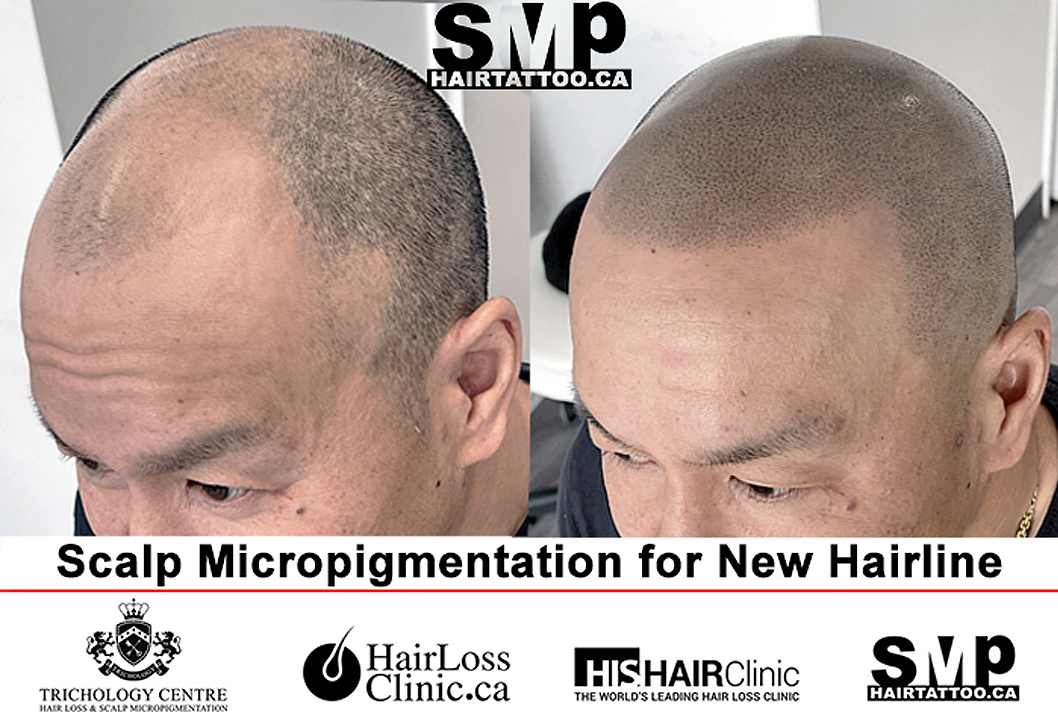


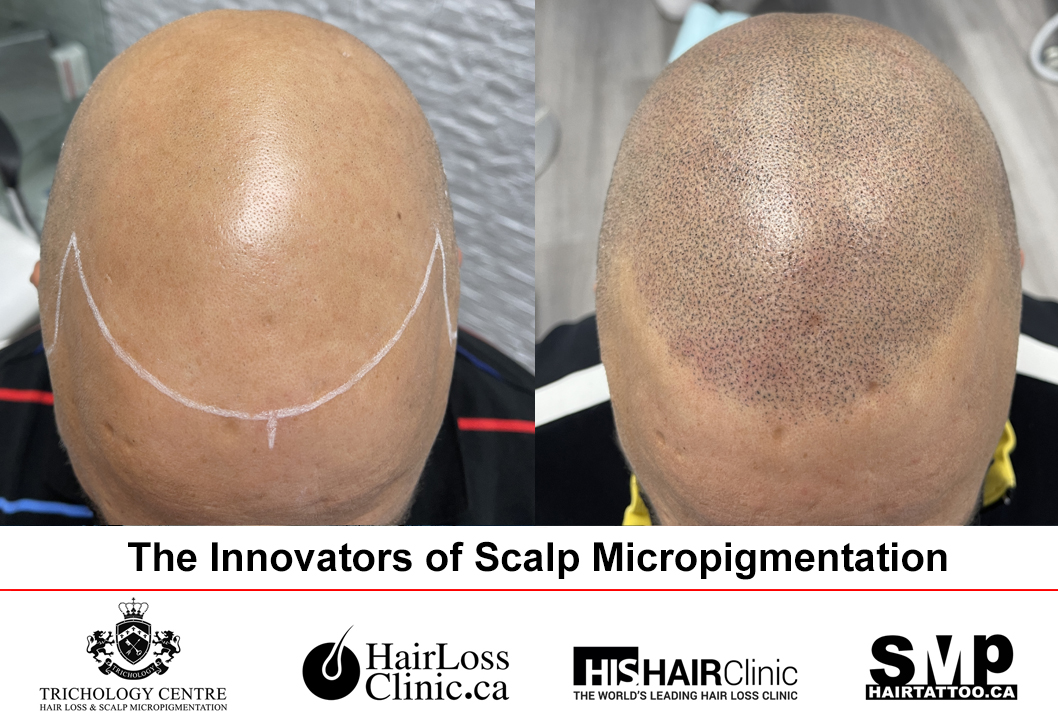
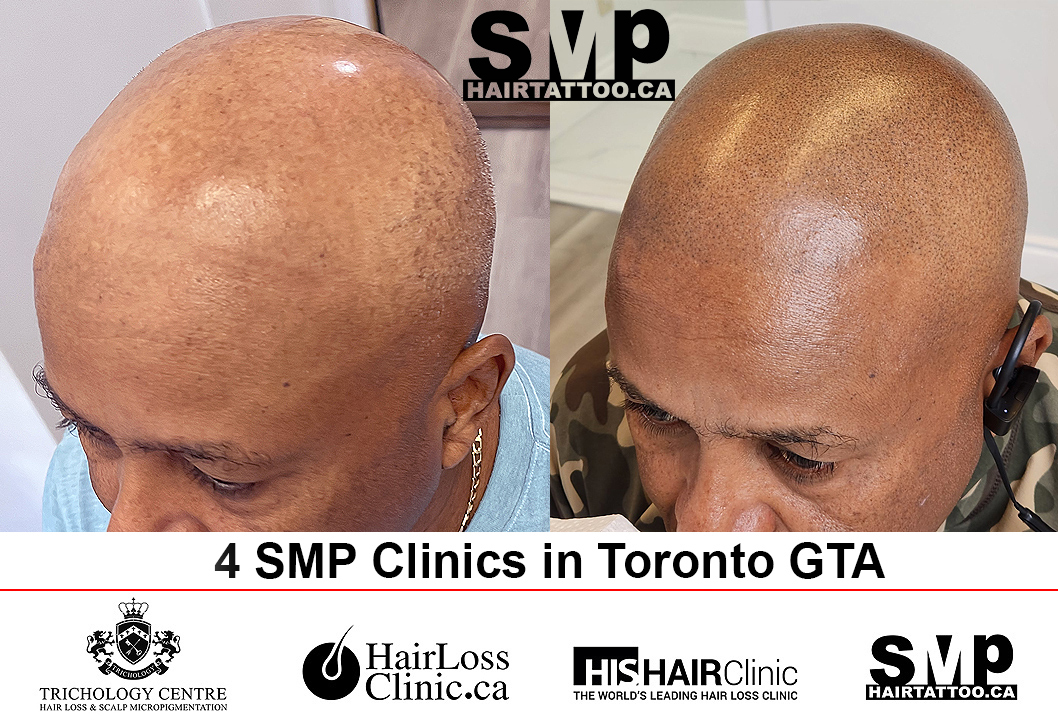
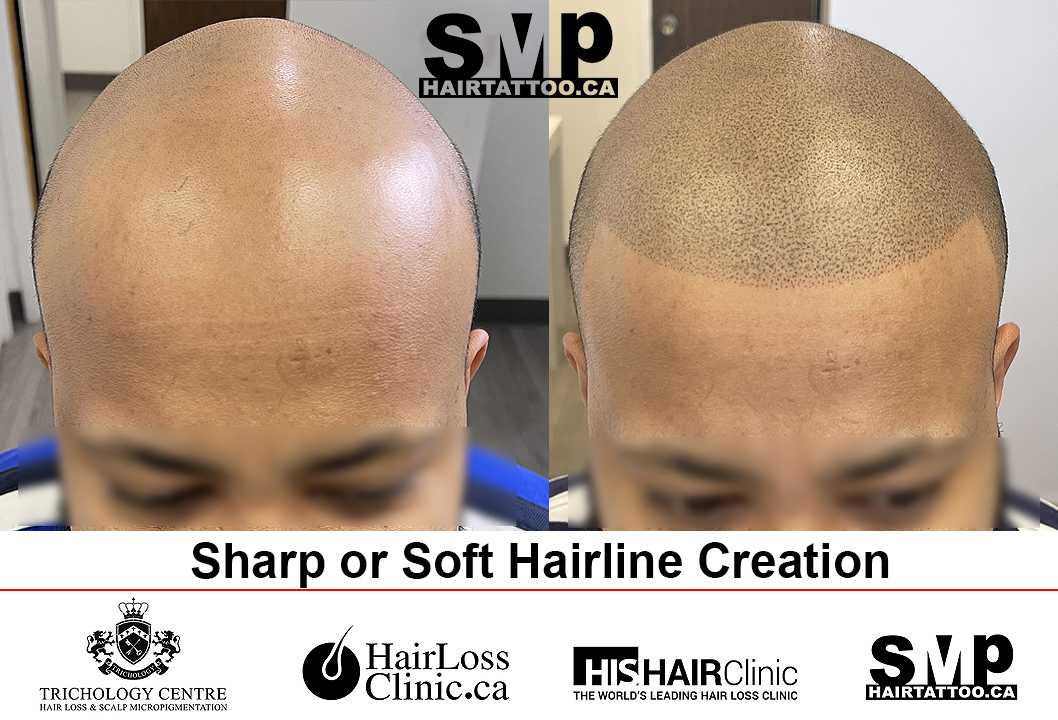


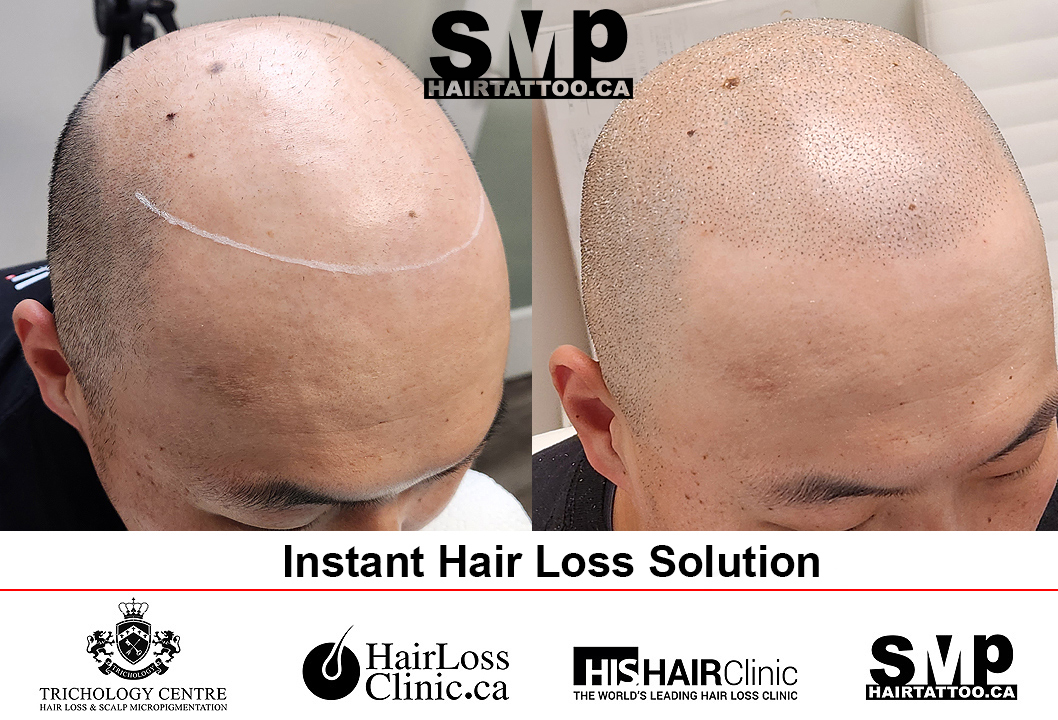

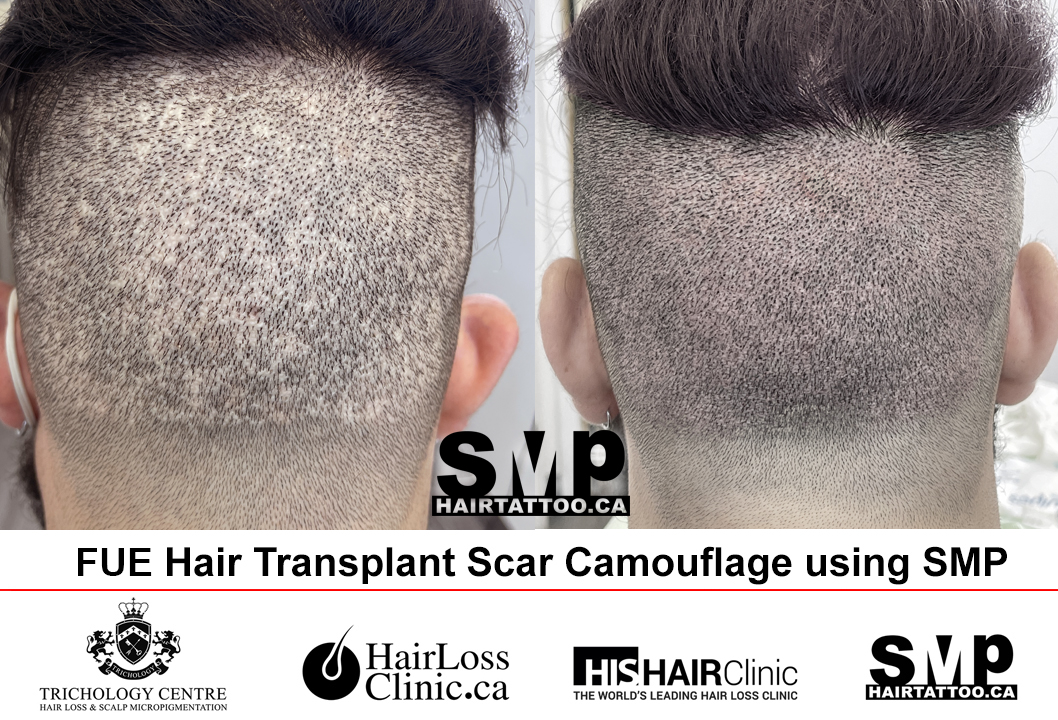
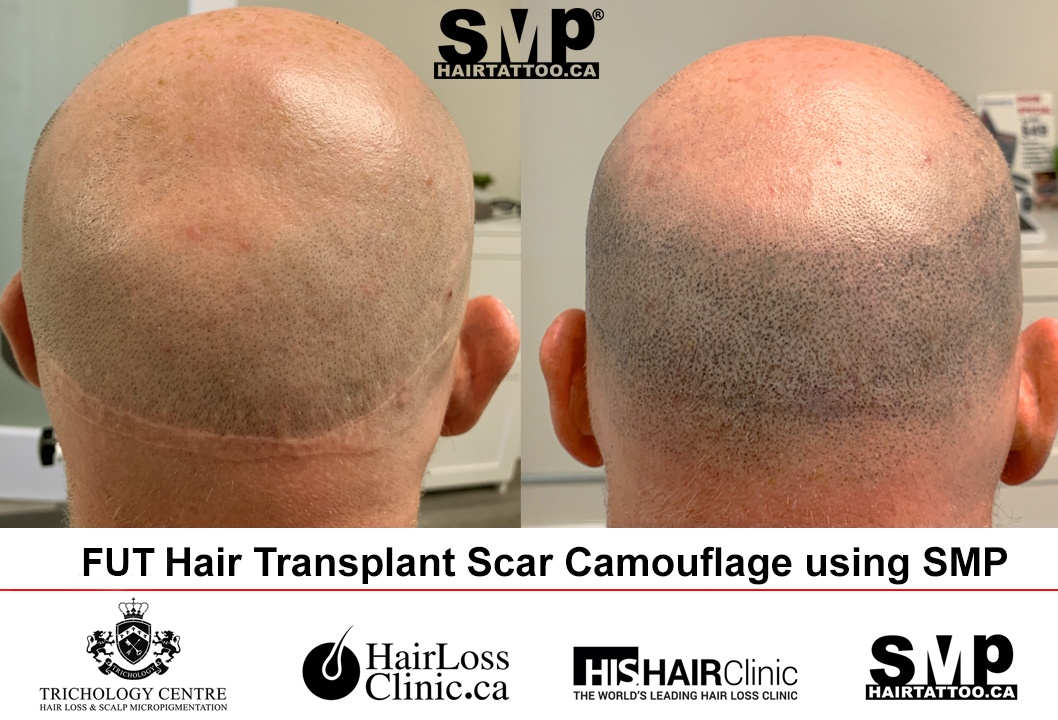
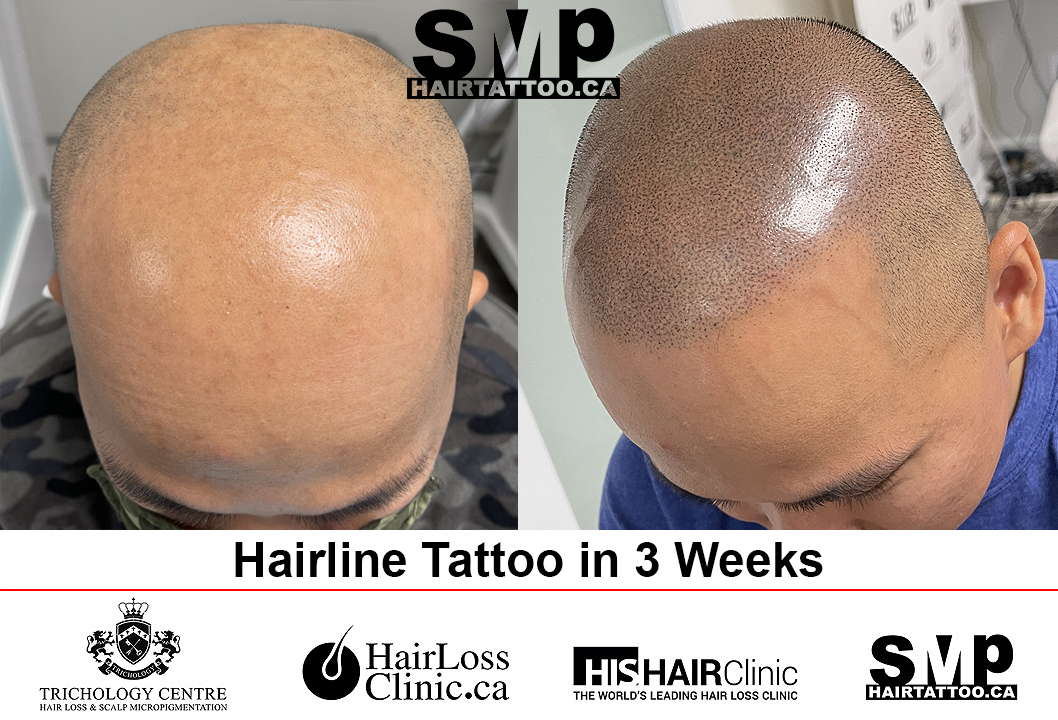
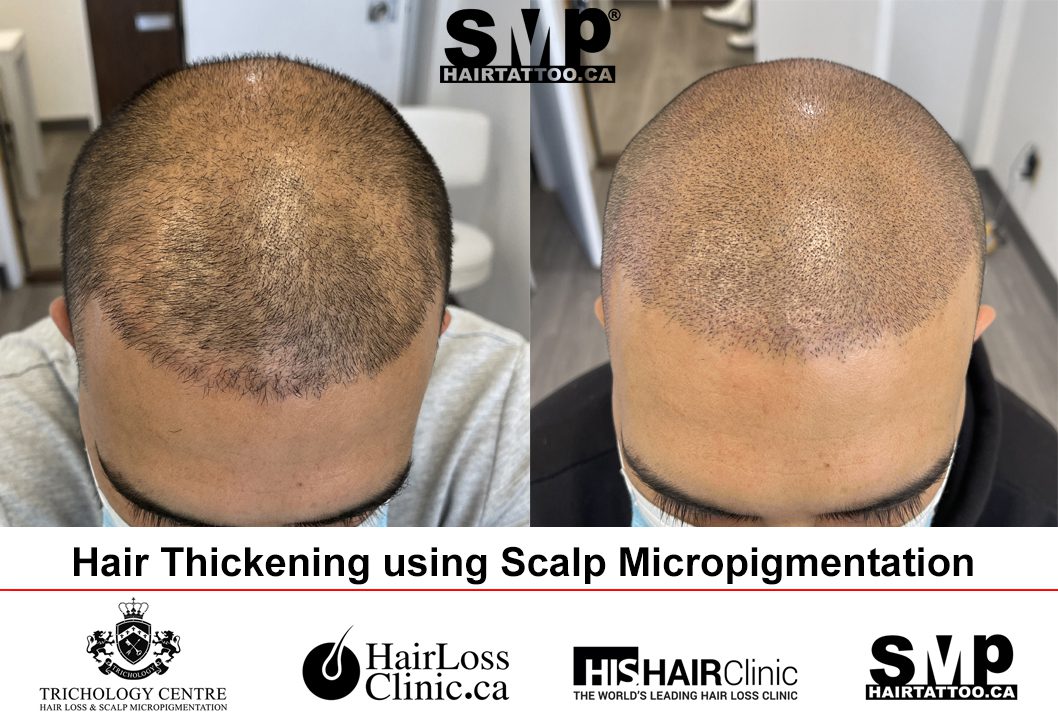
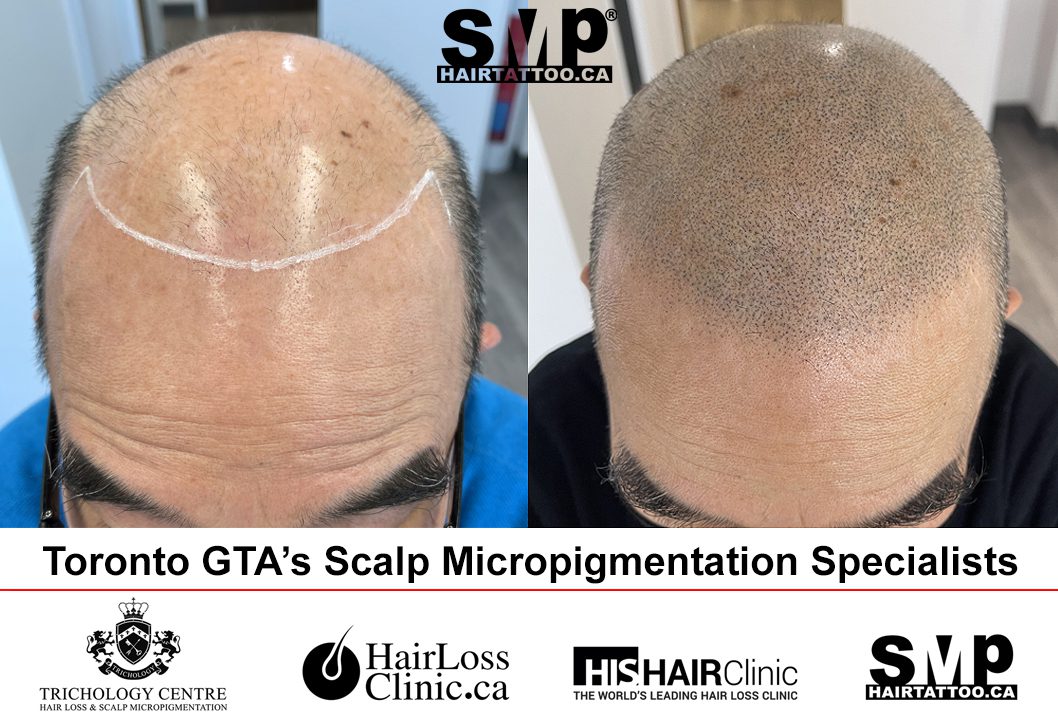

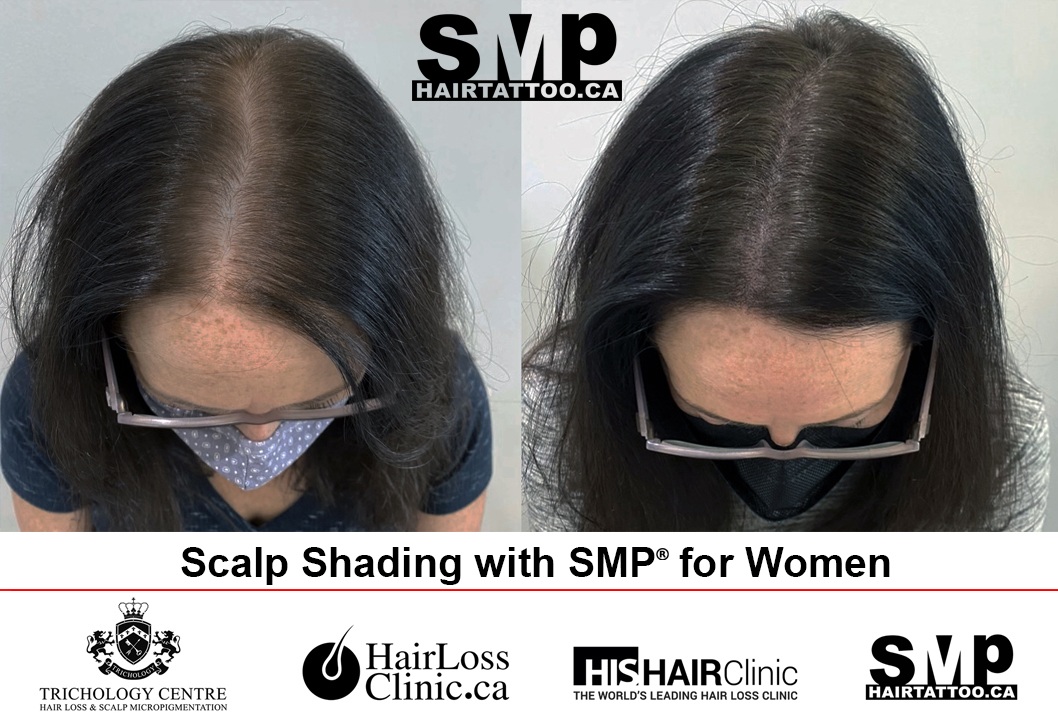
Comments are closed.
















